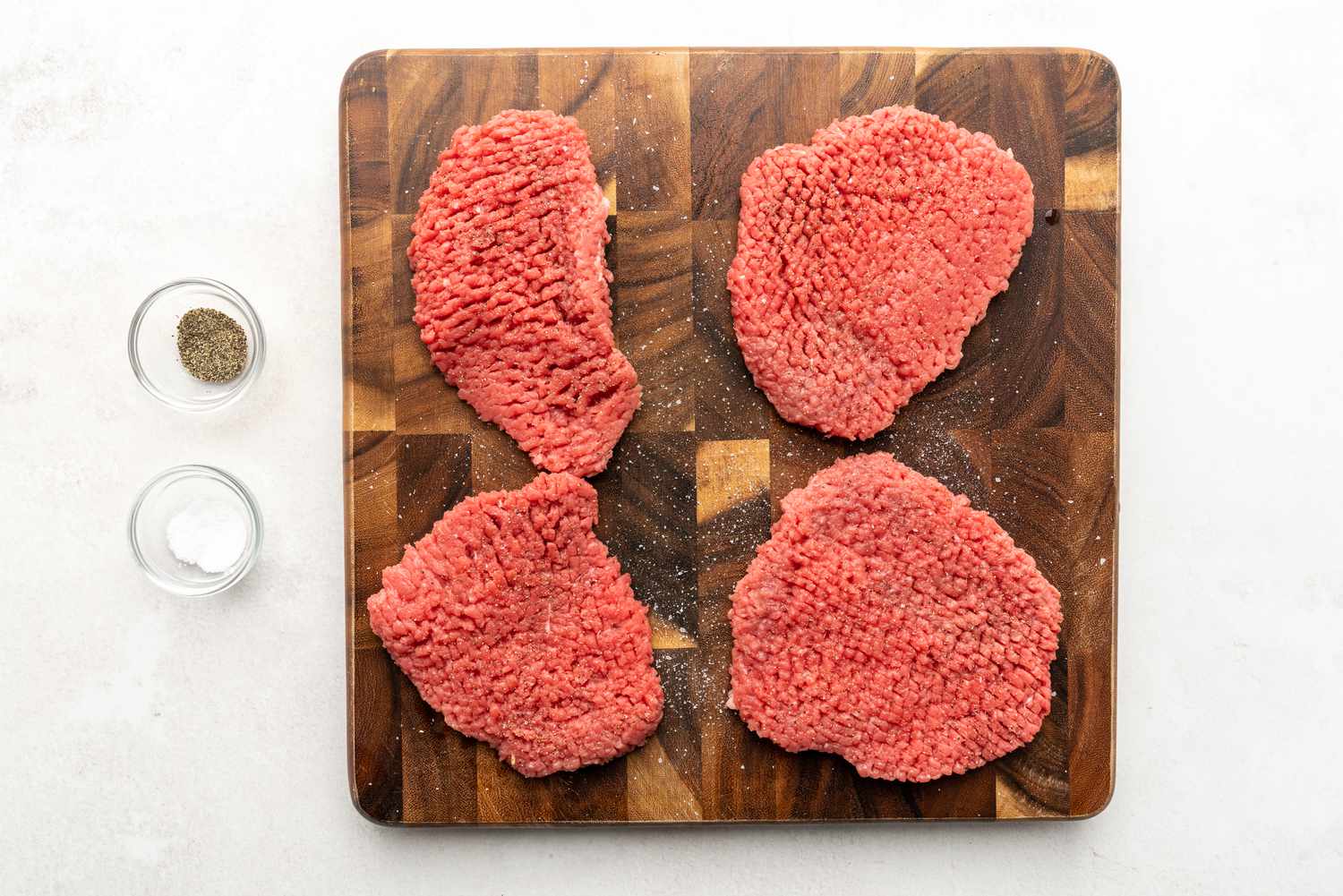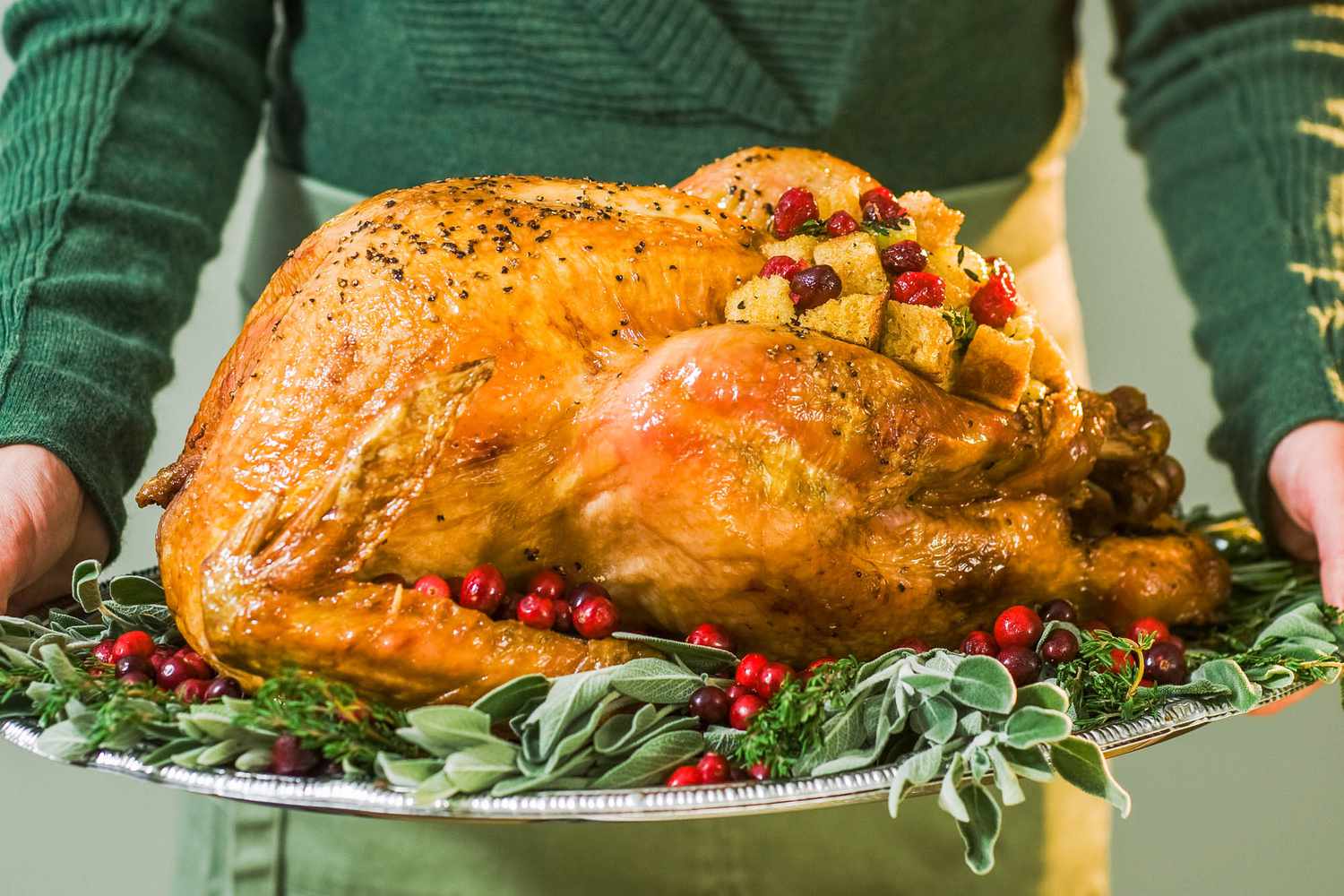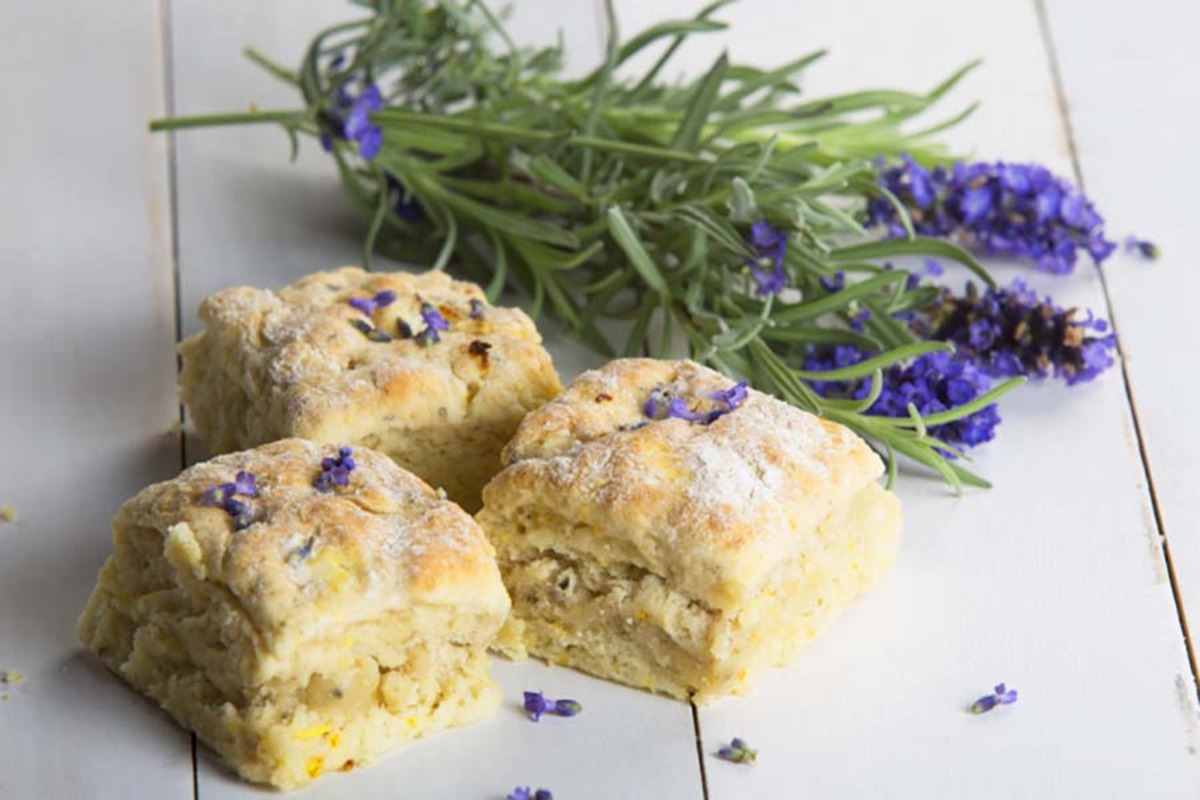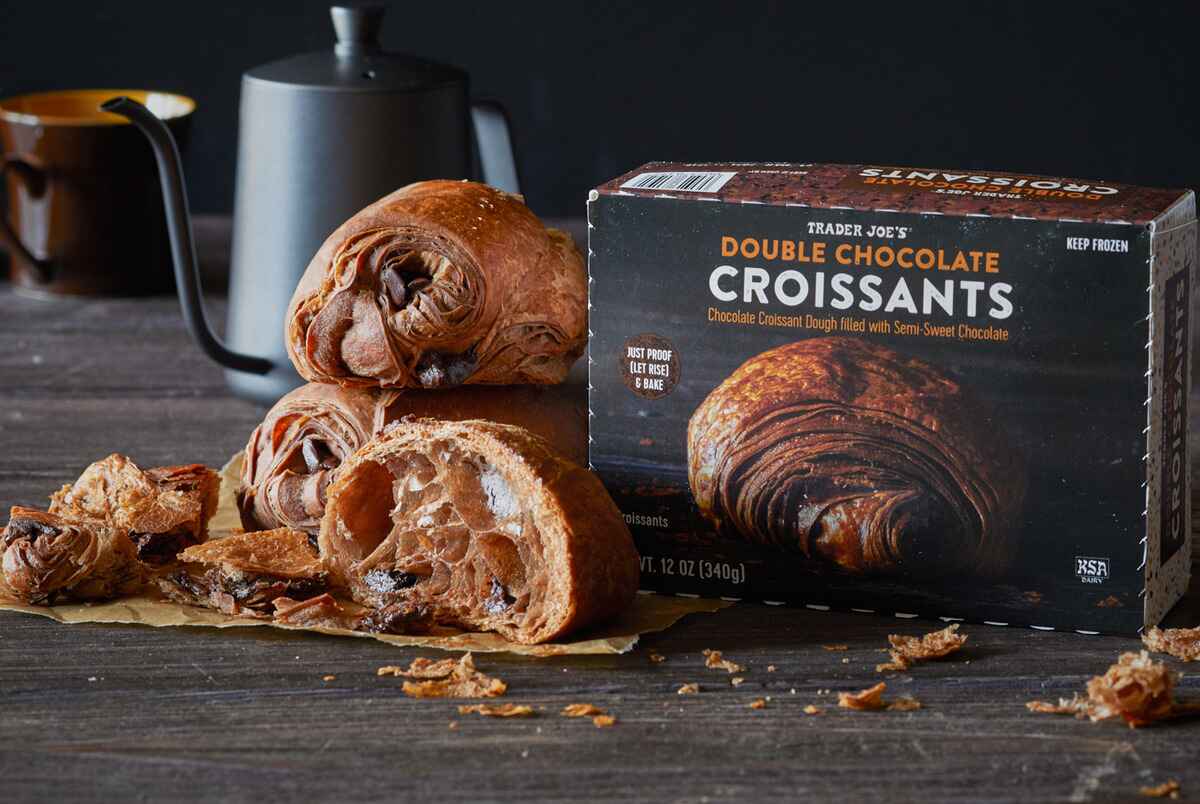What Is Pre-Sifted Flour? And How to Measure It
When it comes to baking, using the right ingredients is essential for achieving the desired results. One common ingredient that is often used in baking recipes is flour. But have you ever come across the term “pre-sifted flour” and wondered what it means? In this article, we will explore the concept of pre-sifted flour and share some tips on how to properly measure it for your baking needs.
Understanding Pre-Sifted Flour
Pre-sifted flour refers to flour that has already gone through a process called sifting. Sifting is done to remove any lumps, aerate the flour, and ensure a smooth texture. It helps to break up clumps and adds air to the flour, resulting in lighter and fluffier baked goods.
Traditionally, bakers would manually sift flour using a sieve or a fine-mesh strainer. However, with the convenience of pre-sifted flour, you can skip this step and still achieve excellent baking results. Pre-sifted flour is readily available in most grocery stores and is commonly used in many baking recipes.
How to Measure Pre-Sifted Flour
Measuring pre-sifted flour correctly is crucial for achieving accurate and consistent results in your baking. Here are some tips to help you measure pre-sifted flour:
- Fluff the flour: Before measuring, give the pre-sifted flour a gentle stir or fluff it up with a fork. This will help ensure that the flour is evenly distributed and not compacted, resulting in a more accurate measurement.
- Spoon and level: Using a spoon, carefully scoop the pre-sifted flour into the measuring cup. Do not tap the cup or pack the flour down. Once the cup is filled, level off the excess flour using a straight edge, such as a butter knife, for a precise measurement.
- Avoid compacting: It is important to avoid compacting the flour while filling the measuring cup. If you pack the flour tightly, it can lead to too much flour in your recipe, which may result in dense or dry baked goods.
- Consider the recipe: It’s worth noting that some baking recipes may call for specific measurements of flour, such as “1 cup pre-sifted flour” or “1 cup sifted flour.” Pay attention to the wording and follow the instructions accordingly. If a recipe calls for sifted flour, you may need to sift it again, even if you are using pre-sifted flour.
By following these simple steps, you can ensure that your pre-sifted flour is accurately measured and ready to be used in your favorite baking recipes. Remember, precision in measuring ingredients is key to achieving consistent, delicious results.
Benefits of Using Pre-Sifted Flour
Choosing pre-sifted flour for your baking endeavors offers several benefits:
- Convenience: Pre-sifted flour saves you time and effort in the kitchen. It eliminates the need for manual sifting, making your baking process more efficient.
- Consistency: With pre-sifted flour, you can be confident that the flour is evenly aerated, ensuring consistent results in your baked goods.
- Professional quality: Using pre-sifted flour can give your baked goods a lighter texture and a more professional appearance, elevating your baking skills.
Next time you come across a recipe that calls for pre-sifted flour, you now know exactly what it means and how to measure it accurately. Embrace the convenience and benefits of pre-sifted flour, and enjoy creating delicious treats with ease!
Was this page helpful?
Read Next: How To Make Pineapple Upside-Down Cake











